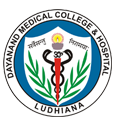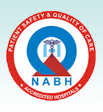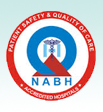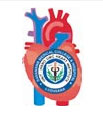NUCLEAR CARDIOLOGY
In nuclear medicine diagnostics, small amount of radioactive drugs are used to image organ function non-invasively. It is concerned with physiological and pathological alteration in cellular function and often, is a more sensitive indicator of cellular abnormalities than other imaging techniques. Methods of nuclear medicine routine diagnostic are today used most frequently for examinations of the heart, thyroid gland, skeleton, kidneys, lungs and brain as well as of oncological and inflammatory diseases. These scans are painless and have no side effects. The amount of radiation exposure is generally less than that of an X-Ray exposure. Our Institute is equipped with state-of-art SPECT-CT Infinia Hawkeye4 Gamma Camera. Single photon emission computed tomography (SPECT) uses radioactive tracers and a scanner to record data that a computer constructs into two- or three-dimensional images. The tracer is what allows doctors to see how blood flows to tissues ,organs & provide them with functional information of that particular organ which can be read together with other anatomical imaging information to manage the treatment of the patients in a better way. This also allows attenuation and scatter correction for better image quality and analysis.
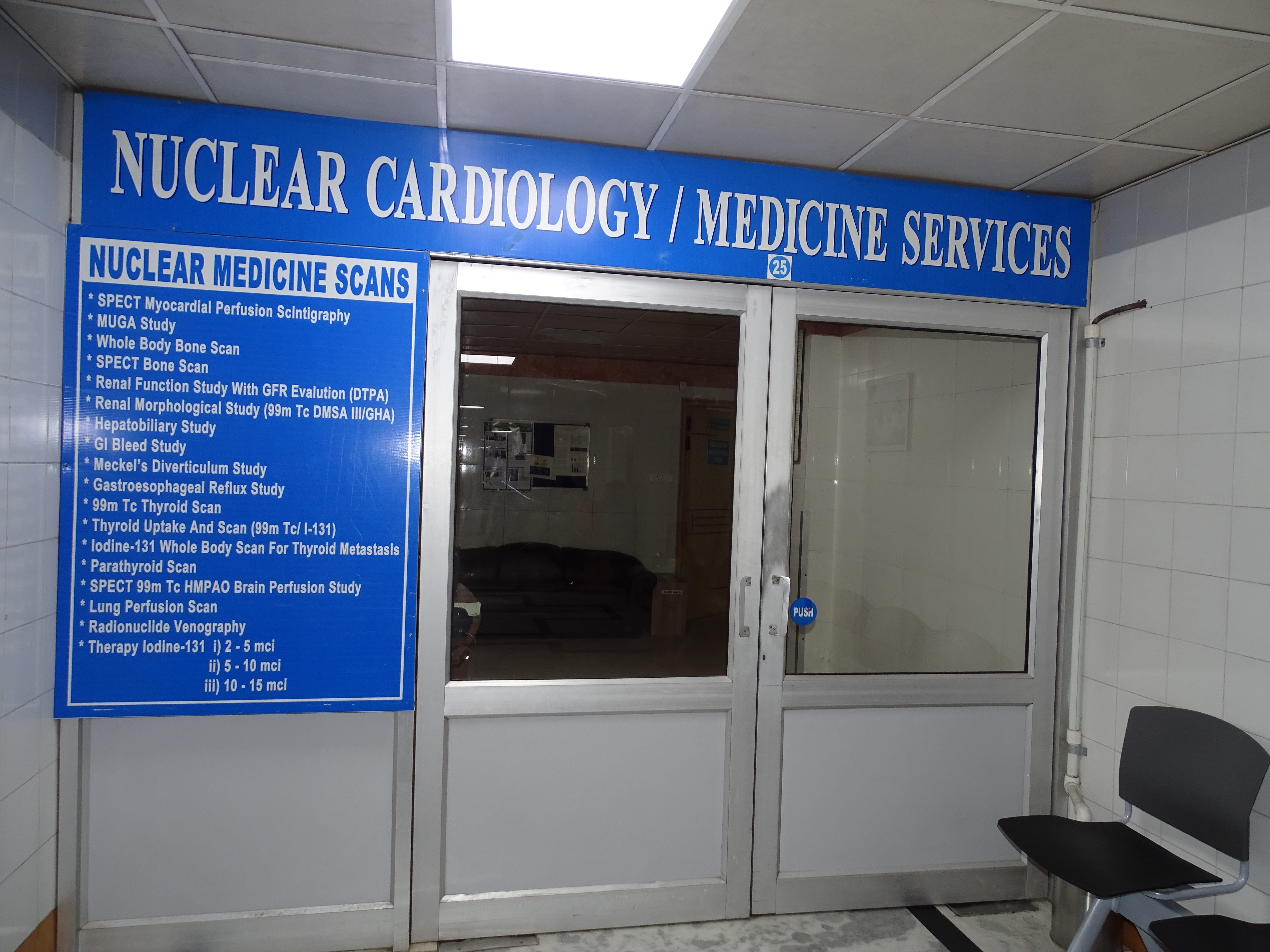
In therapeutics, I-131, Sr-89, P-32, Y-90 Sir-Spheres, Sm-153& I-131 MIBG are used in various clinical conditions.
Nuclear Cardiology will play a key role in the management of cardiac patients at an affordable cost.
SPECT myocardial Perfusion Scintigraphy
Evaluation of chronic angina. Confirmation of coronary stenosis detected on cath. angio (Flame test of Gold standard).Evaluation of patients before CABG (by-pass) or Angioplasty to assess the myocardial perfusion and functional aspect of heart. Follow up of patients post CABG (by pass) or Angioplasty, Routine heart check up.
Myocardial Viability Assessment
To check for the myocardial viability before any planned intervention. To assess the prognosis of the planned intervention. As an alternative to Stress thallium for patients who can’t undergo stress.
MUGA Study
Calculation of LVEF (especially in patients with poor Echo window) Evaluation during cardio toxic chemotherapy and follow up afterwards.
BRAIN SPECT
It is used for assessing blood flow to the brain helping in documenting early dementia changes; for identifying seizure focus in intractable epilepsy cases using Ictal-SPECT, and for suspected tumour recurrences. Can also be used in few neuropsychiatric disorders such as schizophrenia, depression etc.
THYROID SCAN
Differential Diagnosis of Thyrotoxicosis, Graves Disease, Sub acute Thyroiditis, Autonomous functioning thyroid nodule (AFTN), Determination of functional status of thyroid nodule Cold Nodule (Avascular /Hypervascular) Hot Nodule Detection of ectopic thyroid tissue (ex. Lingual Thyroid) Evaluation of hypothyroidism in new born.
PARATHYROID SCAN
Hyperfunctioning Parathyroid tissue
RENAL SCANS
Renal Dynamic Scan (DTPA)
Functional assessment (GFR evaluation) for ex. Pre chemotherapy evaluation, Donor kidney evaluation (before transplant), renal failure assessment, Transplanted Kidney evaluation, PUJ obstruction/ Hydronephrosis.
Captopril Reno gram
To rule out renal artery stenosis (RAS)
Renal Dmsa Scan
Missing Kidney, Scarring, Pyelonephiritis.
DRCG Scan
Missing Kidney, Scarring, Pyelonephritis
Whole BODY BONE SCAN
Single Phase Bone Scan
Metastatic bone tumors, Benign and malignant primary bone tumors, Metabolic bone disease, Paget’s disease.
Three Phase Bone Scan
Avascular necrosis of bone, Osteoarthritis (to differentiate between inflammatory & non inflammatory arthritis), Reflex sympathetic dystrophy syndrome (RSD)/ Chronic regional pain syndrome (CRPS), Tubercular Osteomyelitis , Stress fracture, Sport injury of bone, Prosthesis loosening/ infection post THR/TKR.
GASTROENTEROLOGY SCANS
Hepatobiliary study, GERD Study, Gastric Emptying study in gastroparesis, post op states and dysmotility, acute cholecystitis, gall bladder ejection fraction, post-operative complications like bile leak, Active GI bleed, Meckel’s diverticulum etc.
ONCOLOGY SCANS
Gallium-67, 99mTc-MIBI/DMSA-V for tumor viability vs radiation necrosis.
OTHERS
Scintimamography, Testicular scan, Lymphoscintigraphy, Radionuclide venography.
*Timings: 8:30am to 4:30pm

